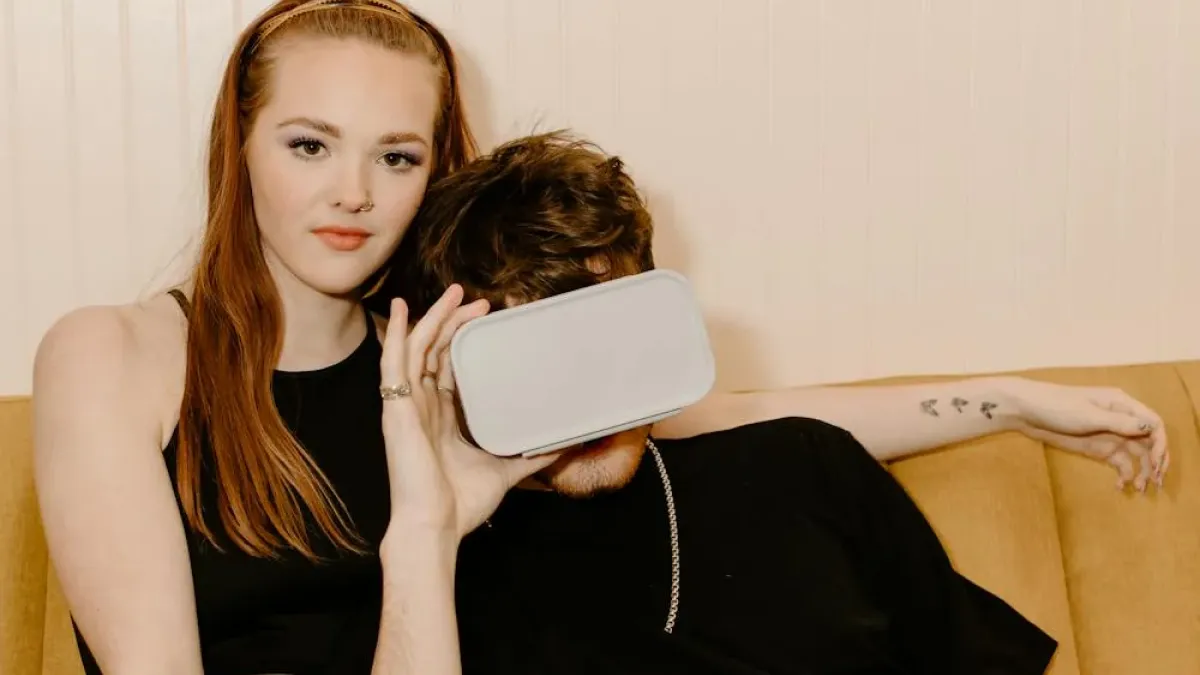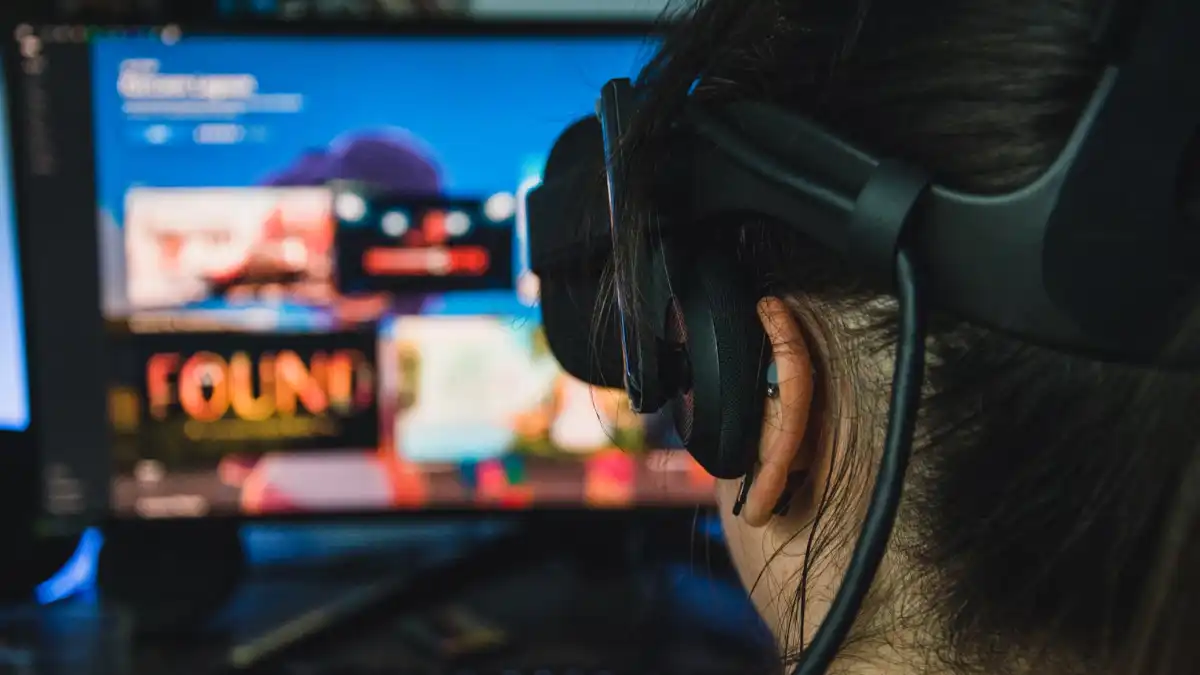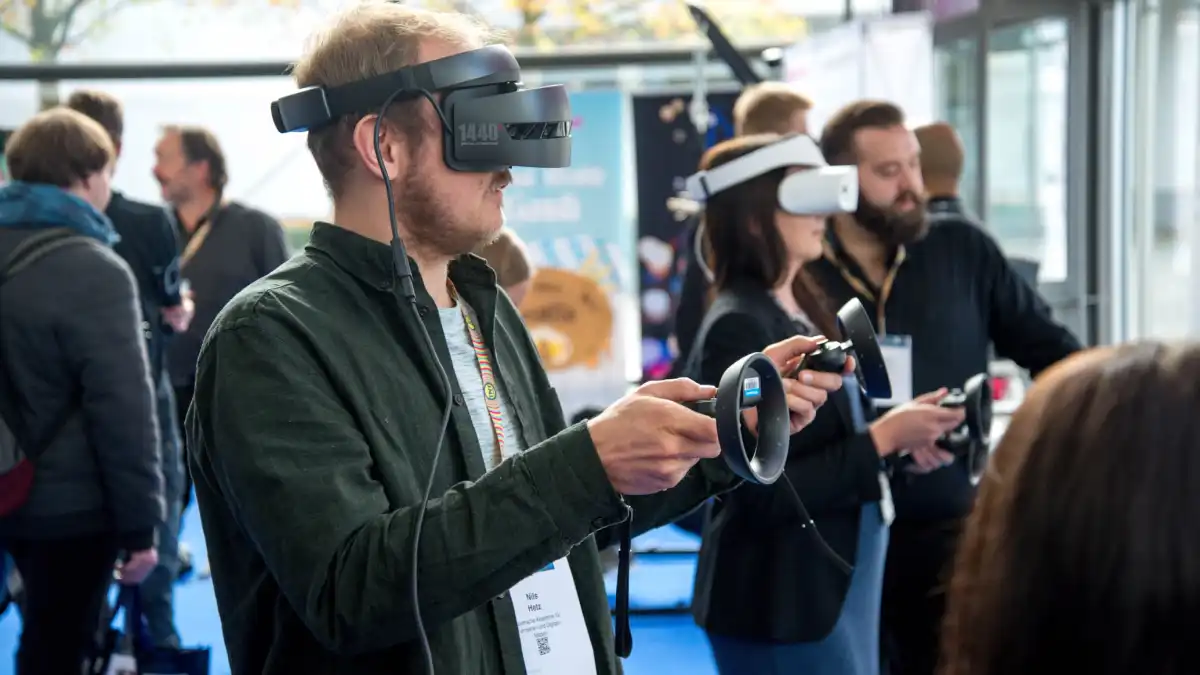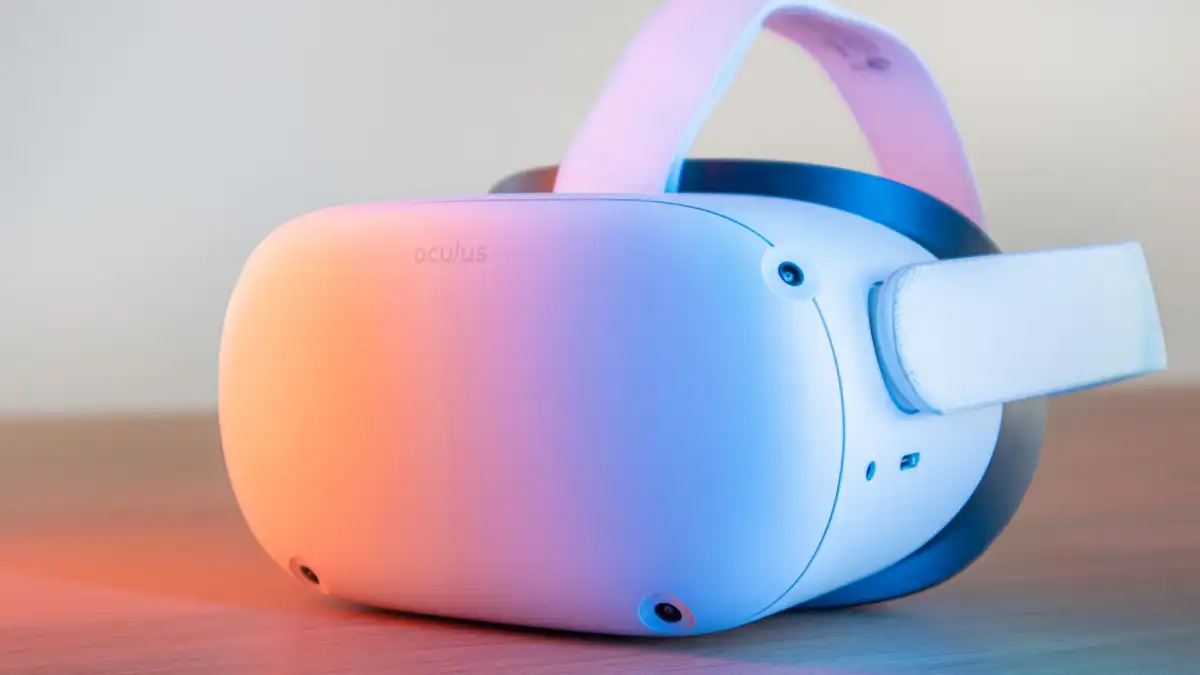Will Virtual Reality (VR) Ever Become Mainstream in Gaming?

Virtual Reality (VR) has always been the buzzword gamers aspire to. Do you remember the time VR was first announced? An immersive experience in which you feel as if you’re part of an actual game! Who wouldn’t want this, isn’t it? Yet, a decade later after the big announcement, VR is still similar to that one friend who says they’ll be there but doesn’t make the cut. What’s holding VR in the way of becoming an essential gaming experience?
The Promise and the Reality
In the year Palmer Luckey gave birth to the Oculus Rift gaming platform, the gaming community was awash with excitement. It’s a world where gamers don’t just sit with an instrument as they are totally immersed, dodging bullets or exploring space or chopping fruits with lightsabers! It sounds like a perfect world, doesn’t it? However, here’s where things become complicated: you cannot have the experience of immersion without some oddities. These quirks have stood in the way of VR’s advancement.
A Price That Stings the Wallet
Let’s get started by stating the obvious. VR headsets can be expensive! They can cost upwards of several hundred dollars for the headset. Add controllers and perhaps the cost will go over $1000–which is a lot. Compare this to the cost of a PC or console setup and you’ll begin to question if this is worth the cost for a gaming experience that may not be up to the mark? This cost is a major obstacle to the majority of people who are not avid gamers. In the end, nobody would like to shell out money only to enjoy just a few “wow” moments before the excitement is gone.
Graphics and Processing Power (Not All Superheros Wear Capes)
When we’re in the realm of cash, we should speak about the hardware. VR requires powerful computers or consoles in order to function even the most expensive systems may struggle to keep top-quality graphics. It’s hard to imagine a more disorienting experience than a game that stumbles or has glitches as you zoom through enemies but then they “jump” across the screen as if they were a horror film. The need for extremely powerful computing power is making VR a niche activity only for those who are wealthy or are incredibly committed in the field.
Motion Sickness: Not the Fun Kind of Spin
Yes it’s true that, in VR you’ll experience the sensation of flying through the air, walking, or running around planets that are alien. However, a few of us are feeling awful within a couple of minutes. Motion sickness in VR is real and the reason why numerous gamers reconsider making the investment in this kind of technology. There’s nothing worse than feeling sick even when they just wanted to try a few rounds of Superhot VR and don’t feel as though you’ll vomit after. In the meantime, until VR headsets are able to better match our movements and not cause nausea, this is likely to be a problem.
Comfort: How Many of Us Have Big Enough Heads?

VR headsets may be very heavy and cumbersome, not to discuss those uncomfortable straps. Imagine securing something onto your head like a helmet, and trying to fend off a zombie invasion. Feeling relaxed and comfortable being under stress is a challenge and you shouldn’t have to be tangled in adjusting your VR equipment each time you go for a walk. Many people don’t have the luxury of a perfect-fit, comfortable face, so the hassle of having to adjust the headset constantly will affect how much people are inclined to use it.
Game Library: It’s Not Just About Zombies
Today, the majority of VR experiences are centered around the following genres such as action, horror and exploration. Don’t think that we’re denying that these are excellent genres! However, they’re not suitable for all players. Certain players prefer games that are more relaxed to relax with, such as a short adventure, a puzzle, or even an enjoyable VR fishing adventure. In the absence of a greater variety of games, it’s easy to understand why casual gamers aren’t jumping into VR. VR pool. VR gaming may be incredibly engaging, but if games are gruelling or violent it’s not as compelling to get into.
Related
The Social Disconnect
Gaming, in its essence, involves having fun and playing with others. The problem with VR is…it can make you feel isolated. Yes, you’re “there” in the game however it’s difficult to be able to share an VR experience with a person who’s in a different space from yours. Multiplayer games as well as social VR experiences are possible but they’re more limited as compared to what we’re used to with traditional platforms. VR gaming today does not have the open, social experience that PCs and consoles provide; this is the primary reason that people might remain familiar with the familiar.
The Future of VR: From Niche to Must-Have?
It’s not like we’re writing VR off completely. It’s plenty of potential that should not be dismissed. As technology advances and improves, the price of hardware will decrease and the graphics will get better and perhaps it’s possible that the nausea will lessen. Developers are looking at ways to make enjoyable, accessible games that don’t focus solely on high-intensity or violence. There’s a lot of room to grow there and VR may just require some time to bake before it’s ready to offer an experience that is widely played.
Conclusion
As of now it’s safe to declare that VR isn’t widespread at the moment. Costly devices, motion sickness and the absence of social connection are some of the reasons that make it difficult for VR to earn this year’s “game of the year” title. If with enough time and creativity, VR could certainly evolve to become something that is more accessible and enjoyable for all users.



